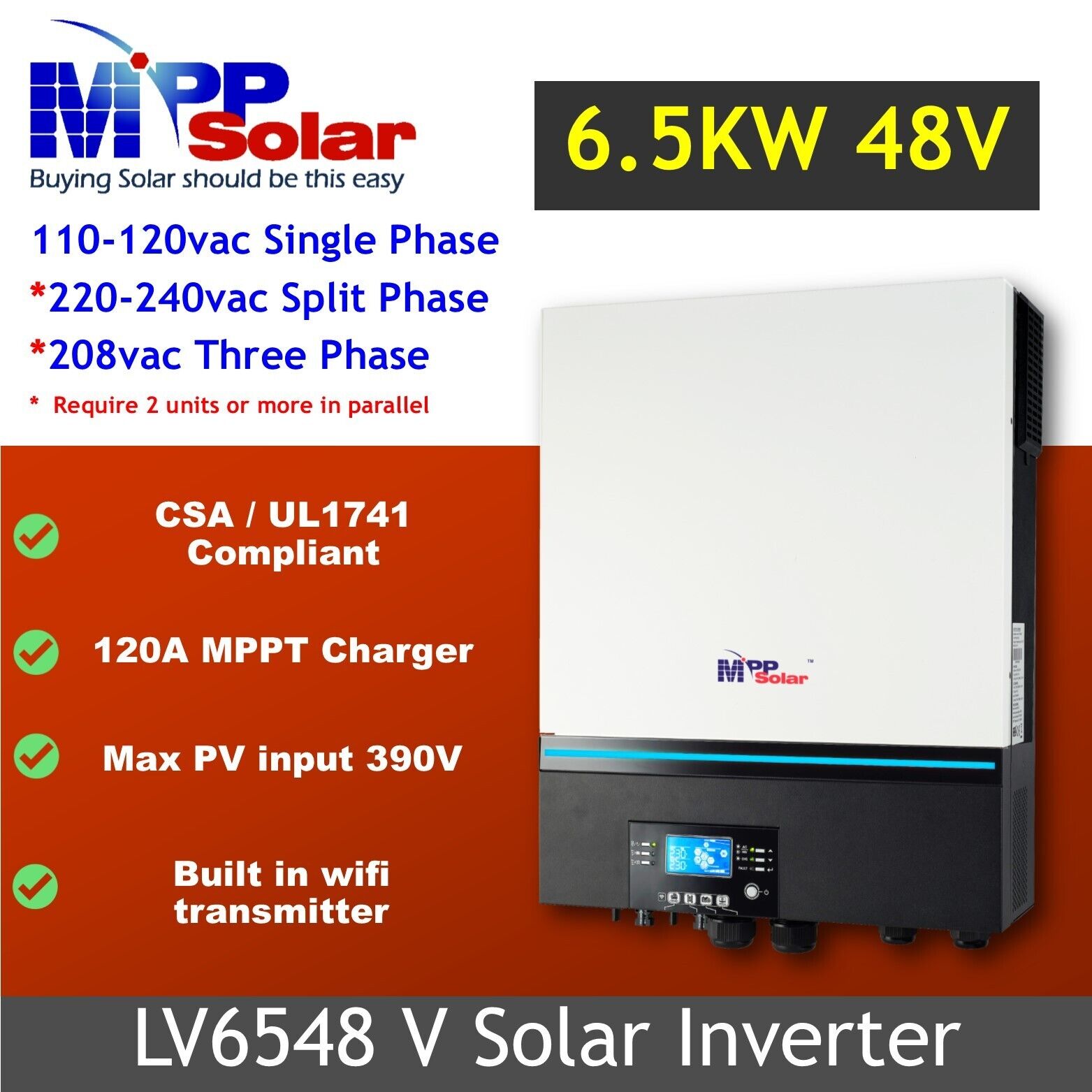To mount solar panels on tiny roofs, choose lightweight yet sturdy materials like aluminum racks that fit limited space. Adjust the tilt between 15–40° based on your location for maximum efficiency, and use appropriate hardware that minimizes roof penetration. Securely anchor the system to withstand weather, and carefully plan panel placement to avoid overloading. For small roofs, optimizing angles and hardware choices is key—keep exploring to discover how to make the most of your space and boost your energy output.
Key Takeaways
- Use lightweight, corrosion-resistant mounting materials like aluminum or specialized clamps to minimize roof stress.
- Opt for roof-penetrating hardware designed for small surfaces to secure panels firmly without damaging the roof.
- Consider adjustable mounts to optimize tilt angles within the 15–40° range for maximum sunlight capture.
- Implement proper spacing and weight distribution to ensure stability on limited roof space.
- Select compatible mounting systems that accommodate roof type (shingle, metal, tile) for durability and safety.

Installing solar panels effectively requires choosing the right mounting techniques to maximize energy production and guarantee durability. When working with tiny roofs, your goal is to make the most of limited space without compromising efficiency or safety. One of the key considerations is proper angle adjustment. Adjusting the tilt of your panels ensures they capture the maximum sunlight throughout the year. For small roofs, you’ll want to set the angle based on your geographic location, typically between 15 and 40 degrees. Some mounting systems allow you to modify this angle seasonally, which can boost your energy harvest. Keep in mind that a fixed tilt might be easier to install and maintain, but adjustable mounts give you the flexibility to optimize performance over time.
Adjust panel tilt based on location, typically 15–40°, for optimal solar energy on small roofs.
Next, selecting suitable mounting materials is vital for a secure and long-lasting setup. On tiny roofs, lightweight yet sturdy materials help prevent unnecessary stress on the structure. Aluminum racks are popular because they combine strength with corrosion resistance, making them ideal for small spaces. Stainless steel mounts offer durability but are heavier and may require more robust roof support. For flat or slightly sloped roofs, rail-based mounting systems are often preferred, as they provide a solid foundation for adjusting the angle and securing panels. If you’re working with a pitched roof, you might opt for clamps and brackets that attach directly to the roofing material, minimizing penetration and preserving roof integrity. Properly choosing mounting hardware is essential to prevent any damage to your roof and ensure the longevity of your solar system.
When it comes to the actual installation, precise placement of mounting materials is essential. You want to ensure that the mounts are securely anchored to withstand wind and weather. The choice of mounting hardware depends on your roof type—whether it’s shingle, metal, or tile. Properly spaced mounts prevent undue stress on individual panels and keep the system stable. Also, consider the weight distribution, especially if you’re using larger panels on a small roof. Proper angle adjustment combined with well-chosen mounting materials creates a system that’s both efficient and durable, saving you money and hassle over time.
Ultimately, the success of your tiny roof solar setup hinges on careful planning of these mounting techniques. By paying close attention to angle adjustments and selecting the right mounting materials, you ensure your panels perform at their best while maintaining the integrity of your roof. This strategic approach helps you get the most out of limited space, maximizing your solar energy production without risking damage or instability. Properly mounted and angled panels will serve you well for years, providing clean energy and peace of mind. Proper mounting techniques are crucial to ensure your solar panels remain safe and effective throughout their lifespan.
Frequently Asked Questions
What Are the Best Materials for Tiny Roof Solar Mounts?
You should use aluminum or galvanized steel for tiny roof solar mounts, as they offer excellent material durability and resist corrosion. These materials are lightweight yet strong, providing secure mounting hardware that withstands weather conditions. Aluminum is particularly beneficial for small spaces because it’s easy to handle and install, while galvanized steel adds extra strength. Choosing the right materials guarantees your solar panels stay secure and perform efficiently over time.
How Do I Prevent Shading on Small Rooftops?
To prevent shading on your small rooftop, start by carefully analyzing the position of trees around your property and identify potential shading issues. You should optimize panel positioning by installing them at the ideal angle and direction, avoiding areas where tree shading occurs during peak sunlight hours. Regularly trim nearby trees to reduce shading and consider using microinverters, which can maximize energy production even if some panels are shaded.
Can I Install Solar Panels Without Roof Penetrations?
Yes, you can install solar panels without roof penetrations by using alternative mounting options like ground mounts or clamp-based systems. These solutions address roof penetration concerns, especially for tiny roofs where drilling might weaken the structure. Ground mounts are ideal if space allows, while clamp systems attach to existing roof edges or gutters. Always guarantee these methods are secure and compatible with your roof type to maximize safety and efficiency.
What Is the Lifespan of Tiny Roof Mounting Systems?
You can expect the installation durability of tiny roof mounting systems to typically span 20 to 25 years, with proper care and maintenance. While they generally require minimal upkeep, occasional inspections help guarantee peak performance. Advances in materials and design enhance longevity, so you’ll likely enjoy reliable energy generation throughout their lifespan. Regular maintenance, like cleaning and checking for corrosion, keeps your system working smoothly for decades.
Are There Specific Permits Required for Small Rooftop Solar?
Yes, you need to check the permitting requirements for small rooftop solar. Local regulations often have specific small rooftop solar regulations, including permits for installation, electrical work, and inspections. You should contact your city or county building department to understand the necessary permits. Failing to obtain proper permits can lead to fines or issues when selling your home, so ensure you follow all regulations before installing your solar system.
Conclusion
Now that you know the mounting techniques for tiny roofs, you’re ready to choose the best method for your space. Will you prioritize durability, ease of installation, or cost? Remember, the right approach can maximize your solar energy and save you money in the long run. So, why settle for less when your small roof has the potential to power your entire home? Take the steps today and harness the sun’s full potential.









